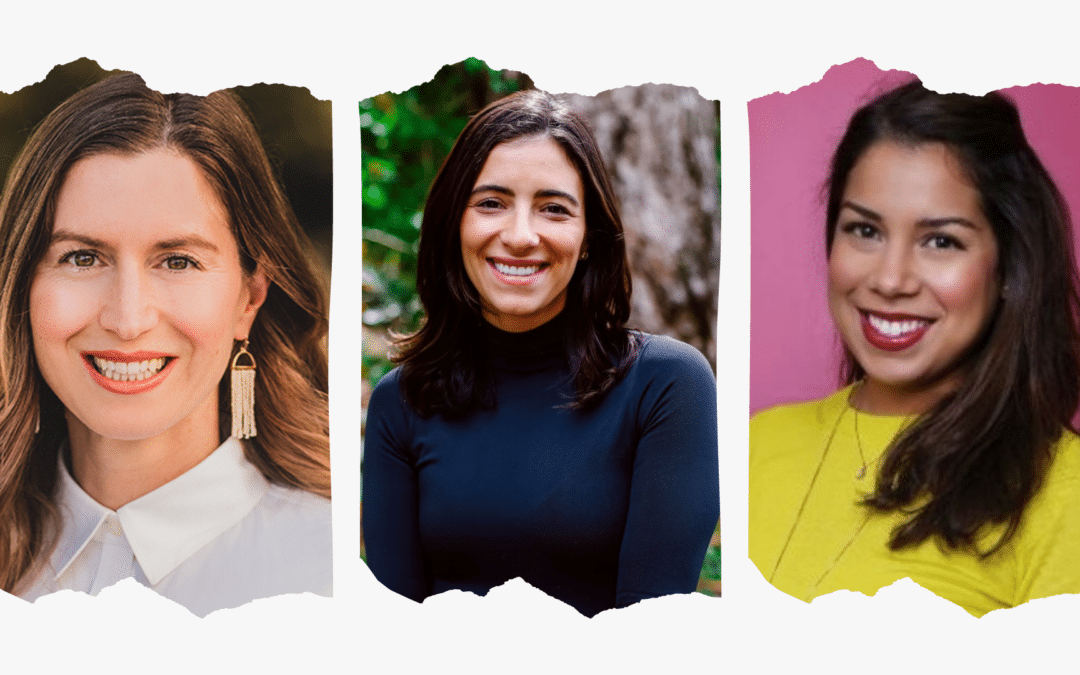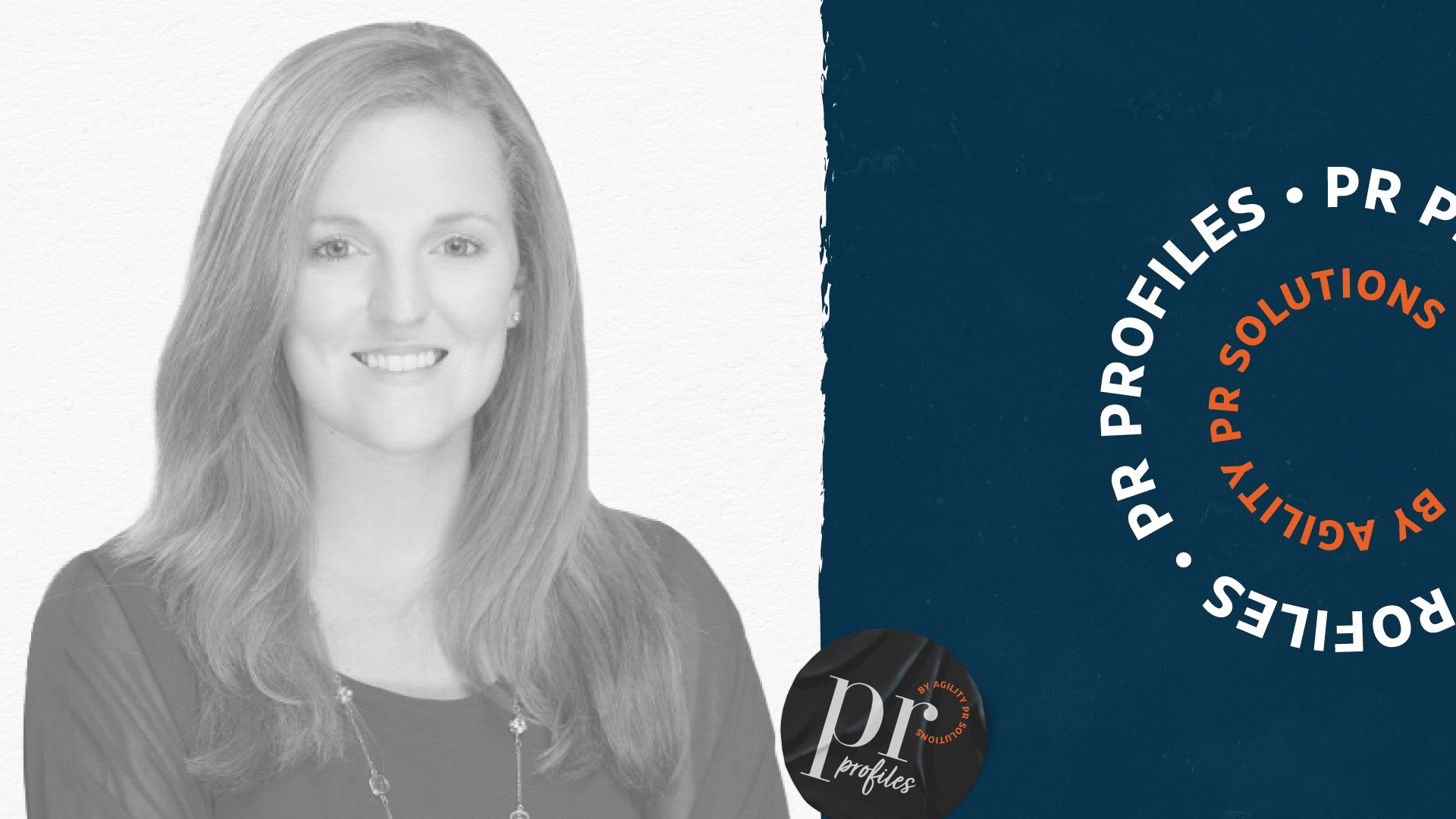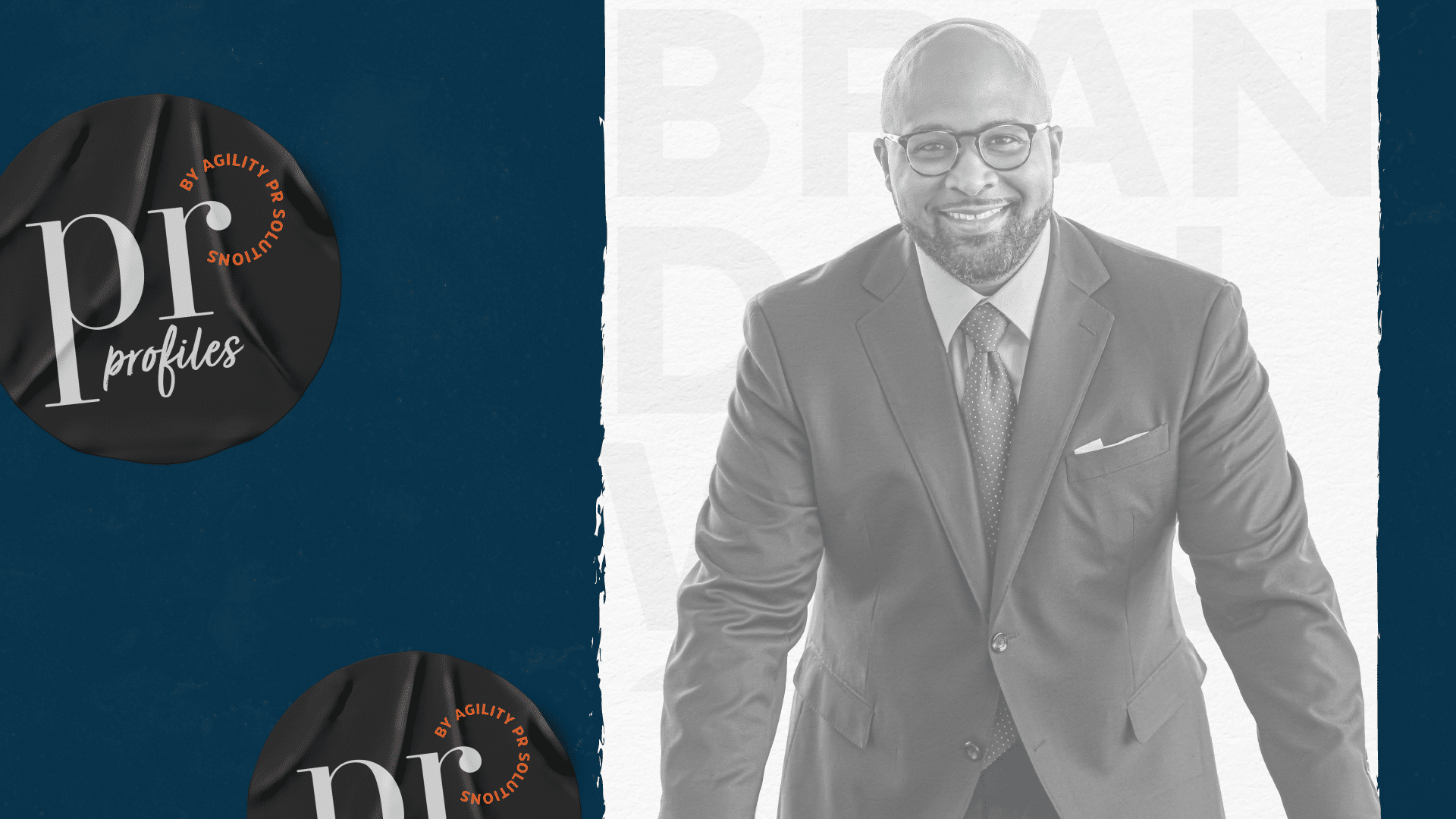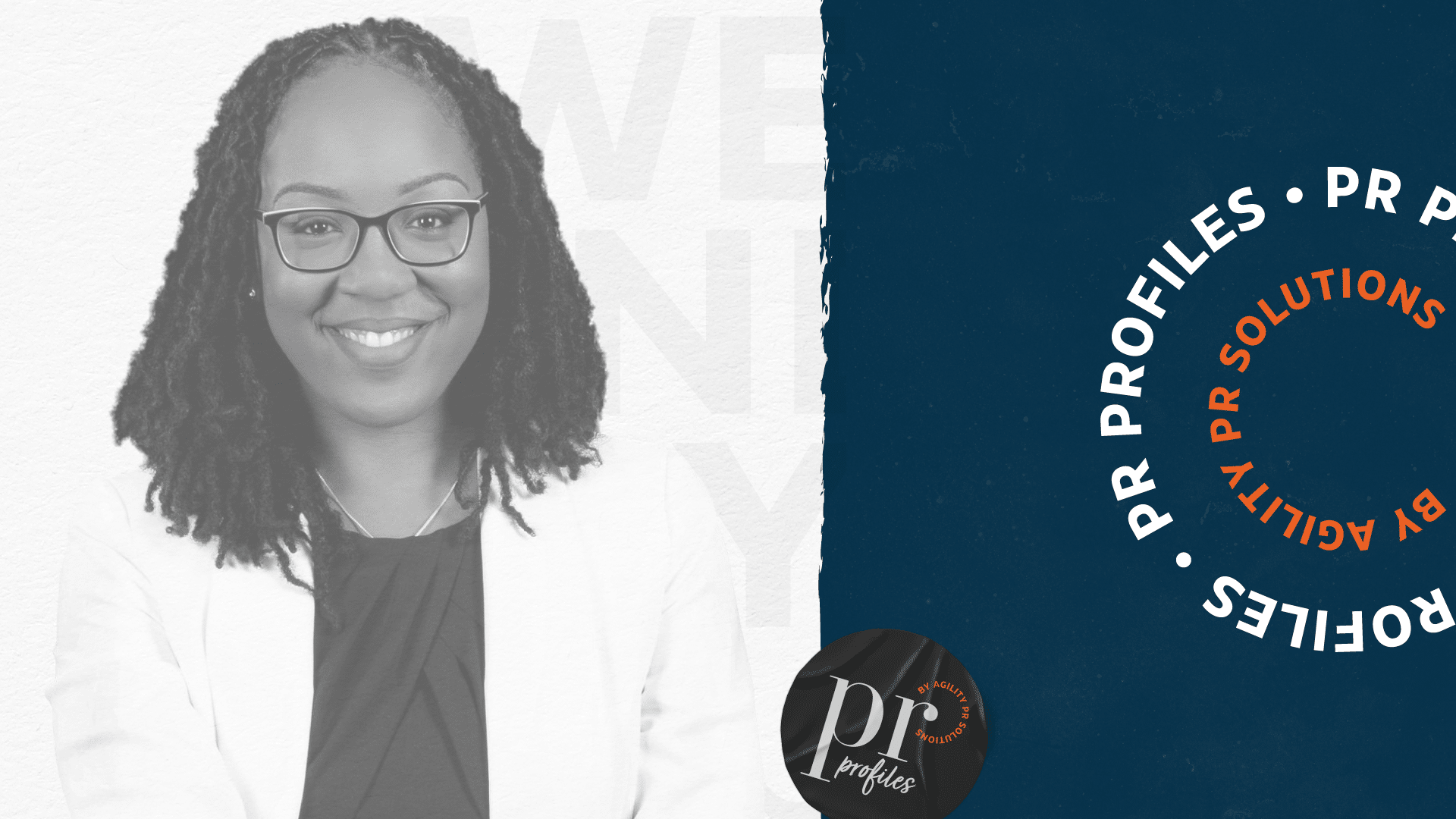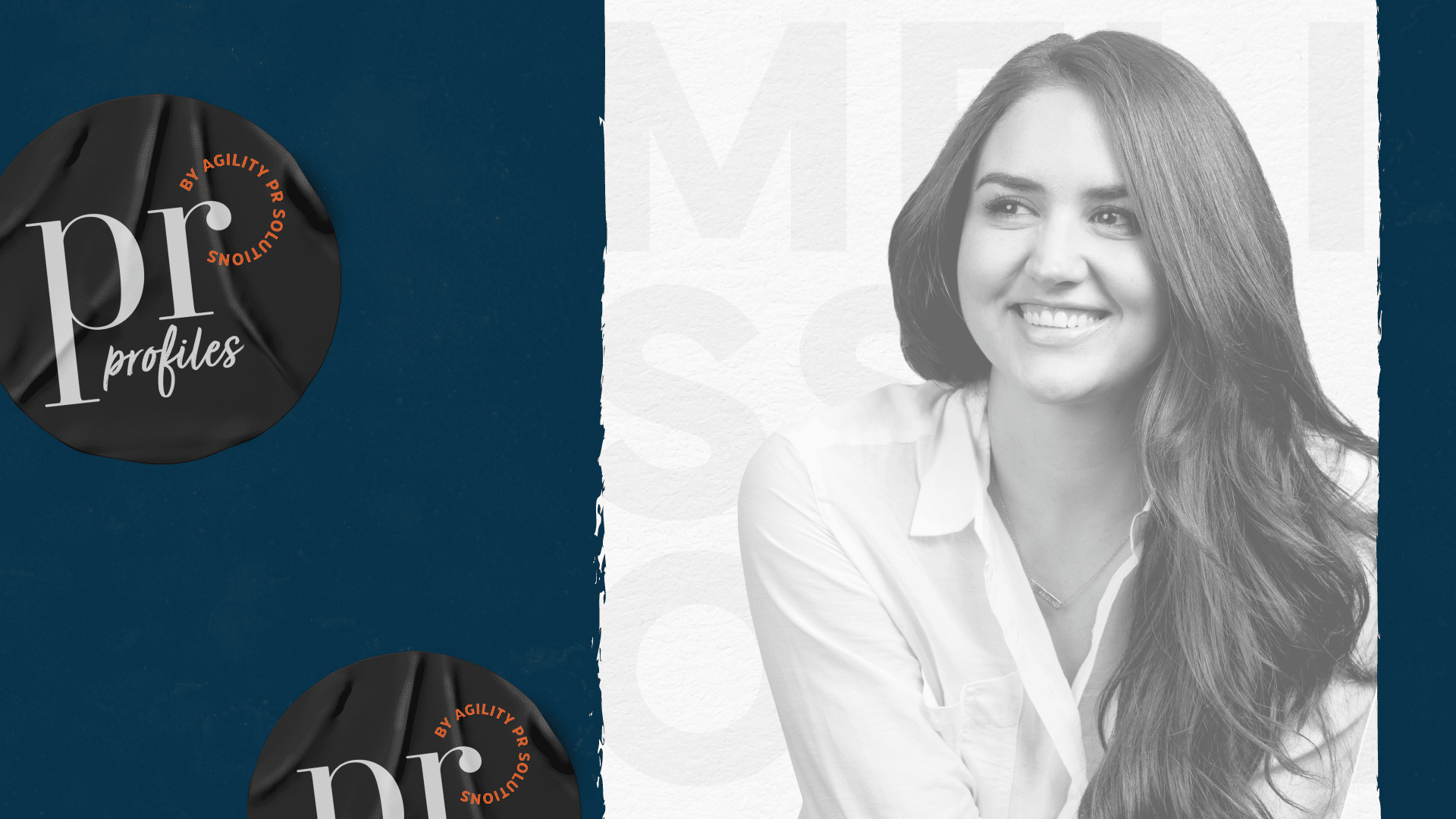On Wednesday, May 25, we were joined by three top PR and comms executives from leading tech companies for a special panel discussion on crafting a successful PR career in tech. Moderated by Adrianna Hosford, VP Communications at WELL Health, Inc., the panel featured Carolyn Bos, Director of Public Relations at Twilio (formerly SendGrid) and Estela Weinmann, Head of Communications & PR at BetterUp.
While these executives may come from tech, the takeaways from this webinar apply to all PR professionals no matter the industry. Below is just a fraction of the insights shared during the event.
How to be successful in tech PR
It’s unanimous—to be successful in tech PR you need to be flexible and adaptable. “Coming from financial services where things move slowly and you have plans for, not just 12 months, but sometimes three- to five-year long-term plans, it’s totally scrapped once you move into tech,” says Carolyn. “Twilio might be really big and post-IPO, but in a lot of cases, we still kind of work as a startup. And so, just being able to pivot and change and roll with the punches is, I think, one of the most important skills.”
While Estela echoed Carolyn’s sentiment, she added two more skills to the list: creativity and curiosity. “When you are in-house at a fast growth startup, you have so many windows into what other parts of the business work on,” says Estela. “That’s where curiosity and creativity come into place. Being curious about what is outside of your day-to-day realm and being creative about taking the things you learn whether that be at an all hands or a cross-functional meeting and thinking about how that could be a story that is relevant for the different stakeholders or your audiences.”
Adrianna added to this thought by saying, “We’re creators. We’re not sitting and watching. We’re actually creating stories.”

Crafting a Successful PR Career in Tech: Moderator Adrianna Hosford and panelists Carolyn Bos and Estela Wienmann
Aligning story, spokespeople, and audience
Tailoring stories to specific stakeholders and finding the right spokesperson were prominent themes during the panel discussion.
Carolyn shared the story of how the team at SendGrid changed their approach to the 2017 IPO plan after speaking with the CMO of MongoDB, which had just gone through their own IPO. “I remember sitting there and looking at the sheer volume of coverage they had on IPO,” says Carolyn. “So, we were like, ‘Wait, we need to know what they’re doing’.” Originally, the team at SendGrid had a specific plan for their IPO which would rely heavily on interviews with the CEO and CFO, but after the conversation with MongoDB, they decided to open the roster of spokespeople to include SendGrid’s CMO and leaders in engineering and tech roles. As a result, they were able to speak to media from business, financial, tech, and marketing outlets—a greater range and volume than their original IPO plan would have allowed. “That’s something we would’ve never done,” says Carolyn. “Honestly, we kind of had like our tried-and-true IPO approach but talking to peers throughout that process was so valuable in, like I said, scrapping our plans, starting from scratch, and just doing it a totally different way because we saw someone that was doing it better.”
The insights Carolyn gained from this experience align with Estela’s own findings when she was tasked with announcing BetterUp’s first Chief Impact Officer, Prince Harry, The Duke of Sussex. She knew that the story needed to reach as many audiences as possible but in a way that was unique and relevant to them. “It wasn’t just about the media, it was internal communications, stakeholders, investors, partners, science board members—there were all these different audiences that we needed to reach with different messages about this news and under very tight embargo,” says Estela. “It was really about designating communications and messaging for the right people and ensuring there’s a smooth announcement across the board.”
Adrianna summarized both experiences nicely: “It’s about fracturing your audiences and thinking about all the different stories you can tell and then who are the right spokespeople for those audiences.”
In tech, often the best spokespeople for the brand are the founders. “I feel like leveraging founders has been such a powerful way to tell the brand story,” says Estela. “These companies succeed because they have these really passionate founders that created whatever product it was based on their personal experience.”
The founder’s personal experience is often what will pique the journalist’s interest. Even so, founders may need some extra encouragement to share their stories. As Carolyn says, “I think a lot of founders and CEOs that aren’t PR people think journalists and audiences don’t want to know about their backstory. But they do. That’s what makes the story unique and special and gives them a bit of an inside perspective.”
Adrianna also enjoys working closely with founders to tell their stories. “They’re like no other spokesperson you’ve ever worked with because it was their idea.” Adrianna also points out that your spokesperson doesn’t have to be the best in front of a camera to be a successful advocate for the company. She says, “Find another way for them to tell their story. Maybe it’s on social. Maybe it’s on video. Maybe it’s a blog. Maybe it’s a byline. There are other ways. So really being creative in thinking about not just what’s the right story for the audience, but also what’s the right medium to use.”
Want to hear more?
If you want to know what Carolyn means by the Twilio Top 20 outlets, why Estela loves subject area experts as spokespeople, or Adrianna’s advice for landing your first PR job in tech, watch the full webinar on-demand.

